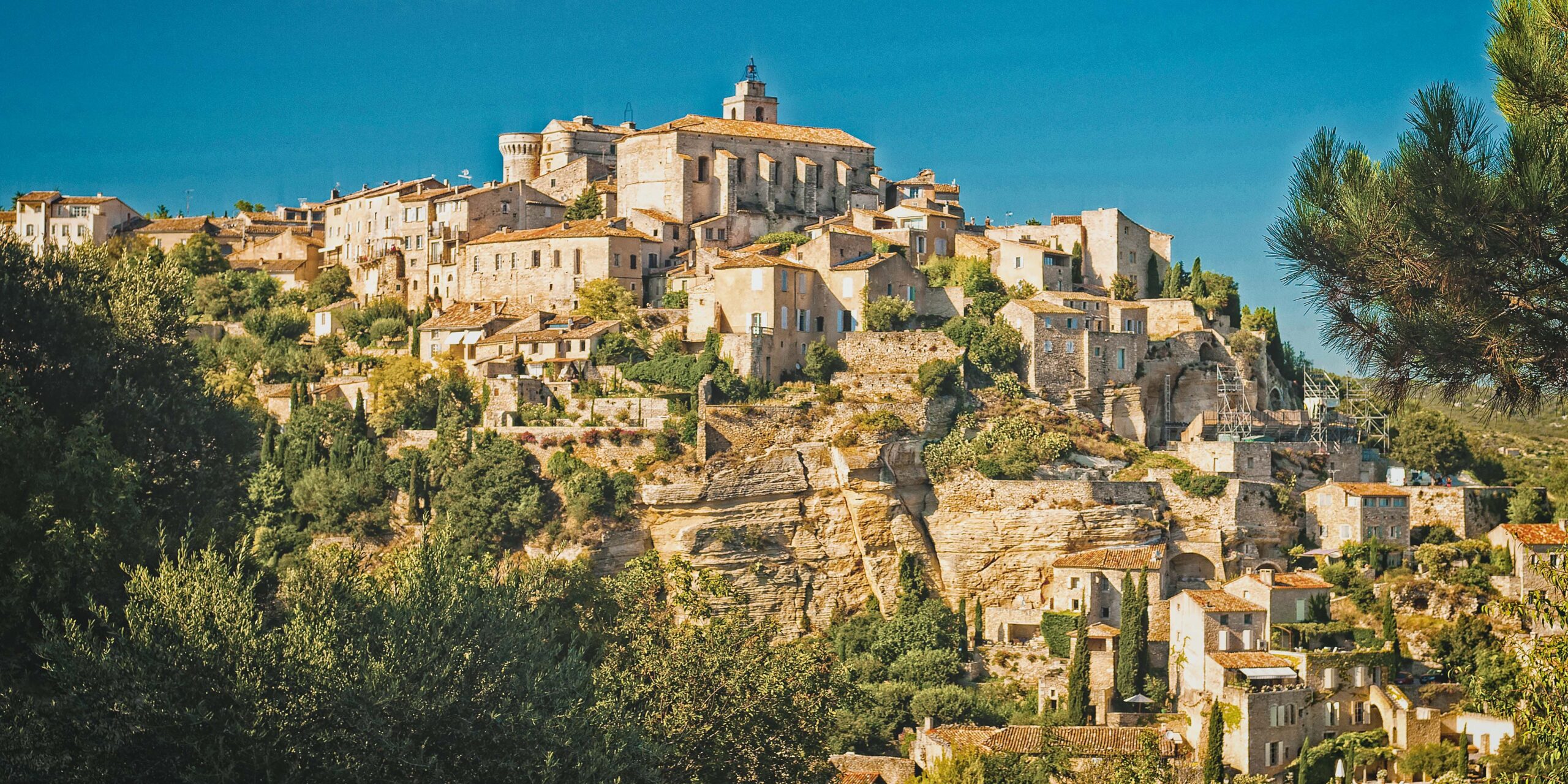France is to art what Switzerland is to watches. Art is everywhere, from the massive Louvre to tiny galleries and street artists on the legendary Left Bank.
Great stuff, but what adds depth to your appreciation of French art (call it ‘layers’ from an artistic perspective) is to visit the sites where the artists painted their masterpieces, and nowhere comes close to Provence.
Sure, Monet had his lily ponds in Giverny, Renoir had the parks of Paris, and Matisse had the waterfronts of the Med. But nowhere, and we’ll defend this opinion with dueling paintbrushes, matches Provence as a great muse for artists. Here, the masters found the sublime light unique to the region: warm and inviting, under a brilliantly blue sky, with rolling vineyards and dotted by medieval villages.

(Photography Courtesy: Rosewood Hotels)
Let’s start in Paris because, hey, Paris is a delight. Fly in to Charles de Gaulle and spend the night at our favorite, Hotel Crillon on Place de la Concorde, home to everyone from Roosevelt to Warhol, now with a multi-million euro refresh.
It’s just a short journey (3-1/2 hours) from Paris via the TGV train (200 mph) to Aix-en-Provence (Tampa Tip—book ahead, First Class, upper deck, facing forward) and, if you’ve brought a mini-champagne (or two) and some munchies, you’re set to savor the land of the Impressionists: Provence.
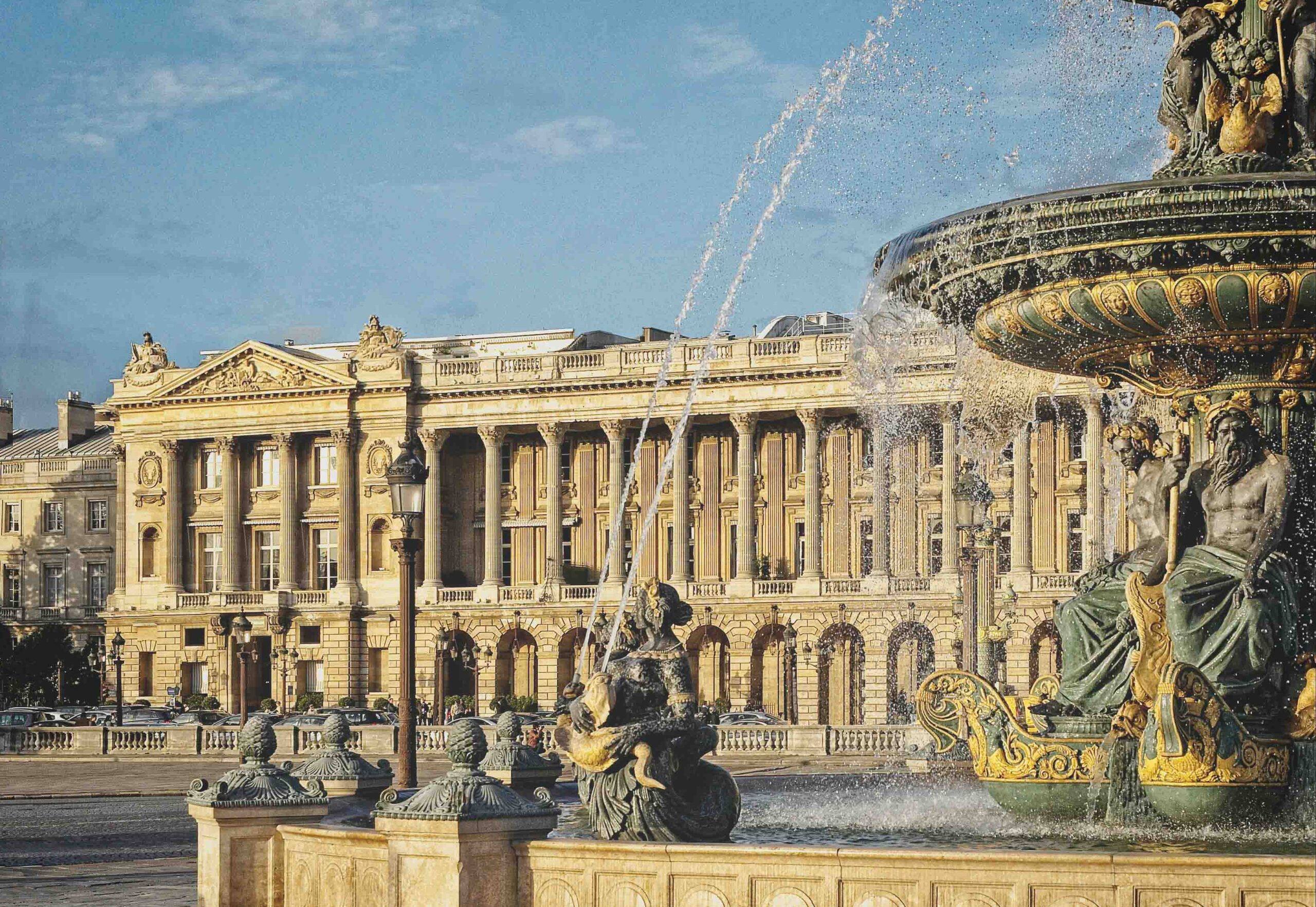
(Photography Courtesy: Rosewood Hotels)
Since you’re arriving in Aix, let’s start with Paul Cézanne who lived there, infatuated with the nearby Mont St.-Victoire, which he painted no less than 87 times. He was so passionate about the mountain that he painted during a severe thunderstorm that sent his easel flying. His tiny house and studio remain, with his hat on a peg and a wine glass on the desk. Afterwards, stop in at Les Deux Garcons café, where Cézanne sipped vermouth to chat with his friend, novelist Emile Zola. Pablo Picasso, a later admirer of Cézanne, bought a castle perched on these slopes, saying, “I have just bought Cézanne’s mountain.”
Fortyish miles west is Arles, where Vincent van Gogh and Paul Gauguin were roommates until they had a fight, after which Van Gogh famously chopped off his ear. They lived at 2 Place Lamartine (immortalized as Van Gogh’s Yellow House) which was bombed during WWII, but the square remains the same. You can enjoy an espresso at Café du Gare next to the train station, which Van Gogh painted as The Night Café.
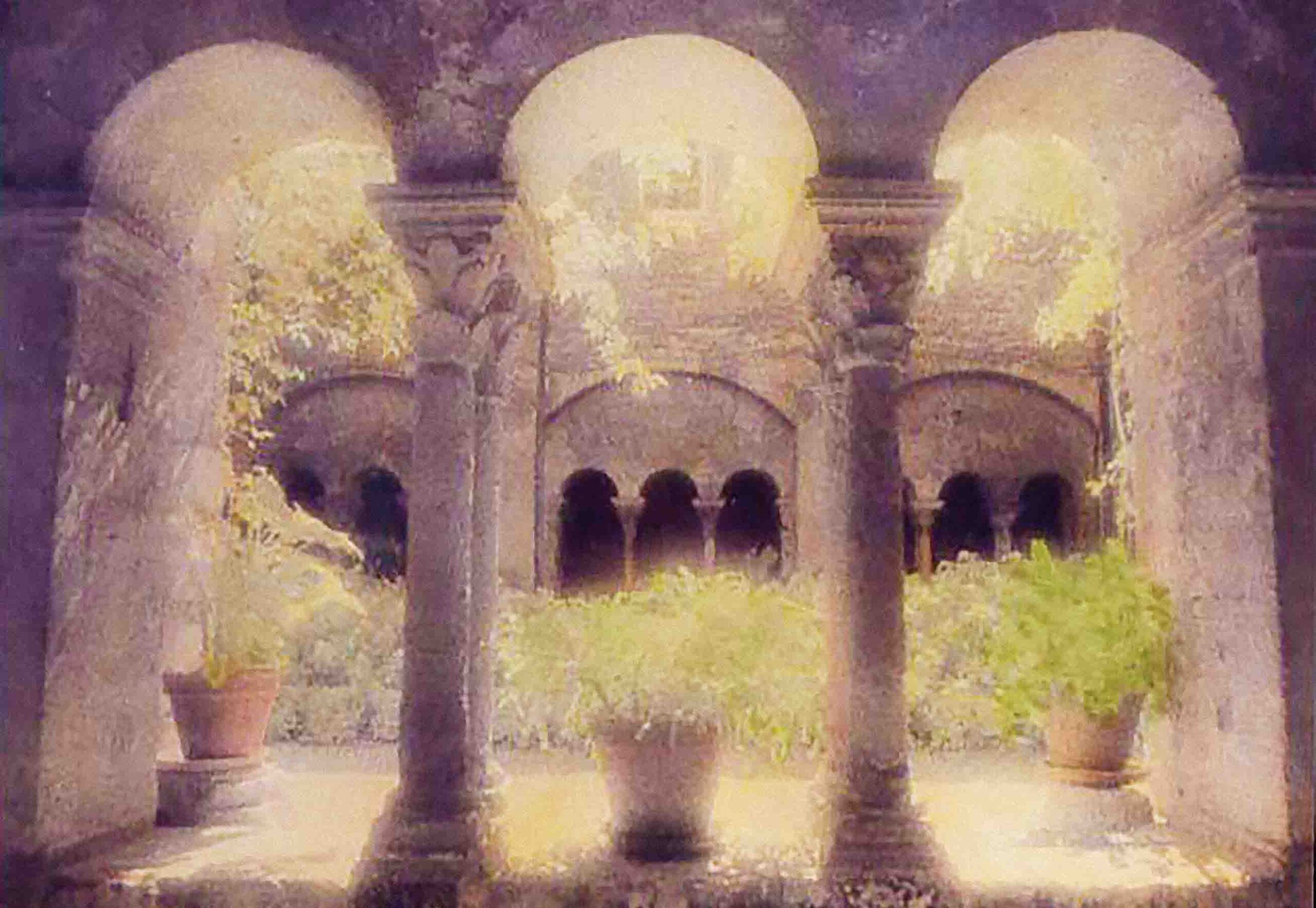
But if there is one place that draws us, both for the artistic history and spectacular scenery, is St. Remy de Provence. Enroute, you’ll pass fields of sunflowers with faces the size of pie pans, all turned in unison to the sun. But even better are the vast fields of lavender, stretching for miles and tossing their scent into the air like new-mown hay. St. Remy is a delight (Tampa Tip–Arrange your schedule for the Wednesday street market, 7 a.m. to 1 p.m., mistral wind or not) and you can easily spend several days exploring the charming boutiques and galleries. But don’t dally on the tree-lined roads: the best is yet to come. You’re headed for Saint-Paul de Mausole, a monastery built in the eleventh Century and later the asylum where Vincent van Gogh spent his last years in the late 1880s.
He wandered the grounds and the nearby fields looking for inspiration and found it in spades, with a dozen of his best works coming from his self-admitted exile, including the legendary The Starry Night. You are welcome to stroll the grounds and inner courtyard of St-Paul, but it is still a psychiatric health facility and guests are asked to respect the tranquility. Several rooms of the building have been converted into a museum to Van Gogh.
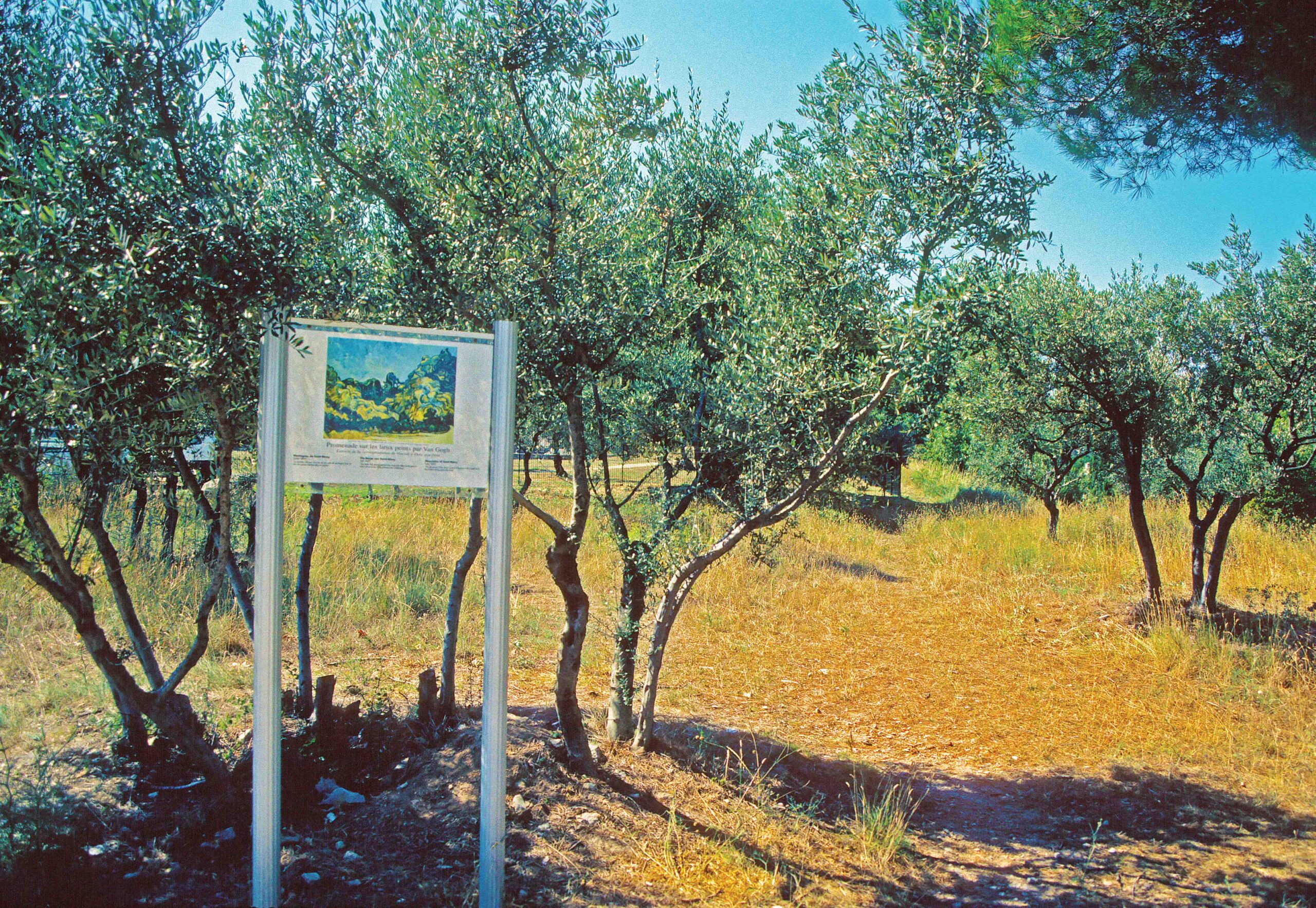
(Photography Courtesy: Chris Caswell)
But the best is the Van Gogh walking tour, and the regional government of Provence has placed signs showing Van Gogh’s artwork in each spot where he painted it. To be able to view his masterpiece and see the same fields and mountains that he saw lets you “look over his shoulder.”
Your next stop is the hilltop-town of Gordes, where Marc Chagall and his family lived in the 1930s before fleeing World War II to America. (Tampa Tip–If you stay, the must hotel is Airelles Gordes on the hillside overlooking Provence.) In the evening, sit at an outside table in Gordes on the main square and you’ll drift back to the innocent time when we didn’t know enough to number our wars.
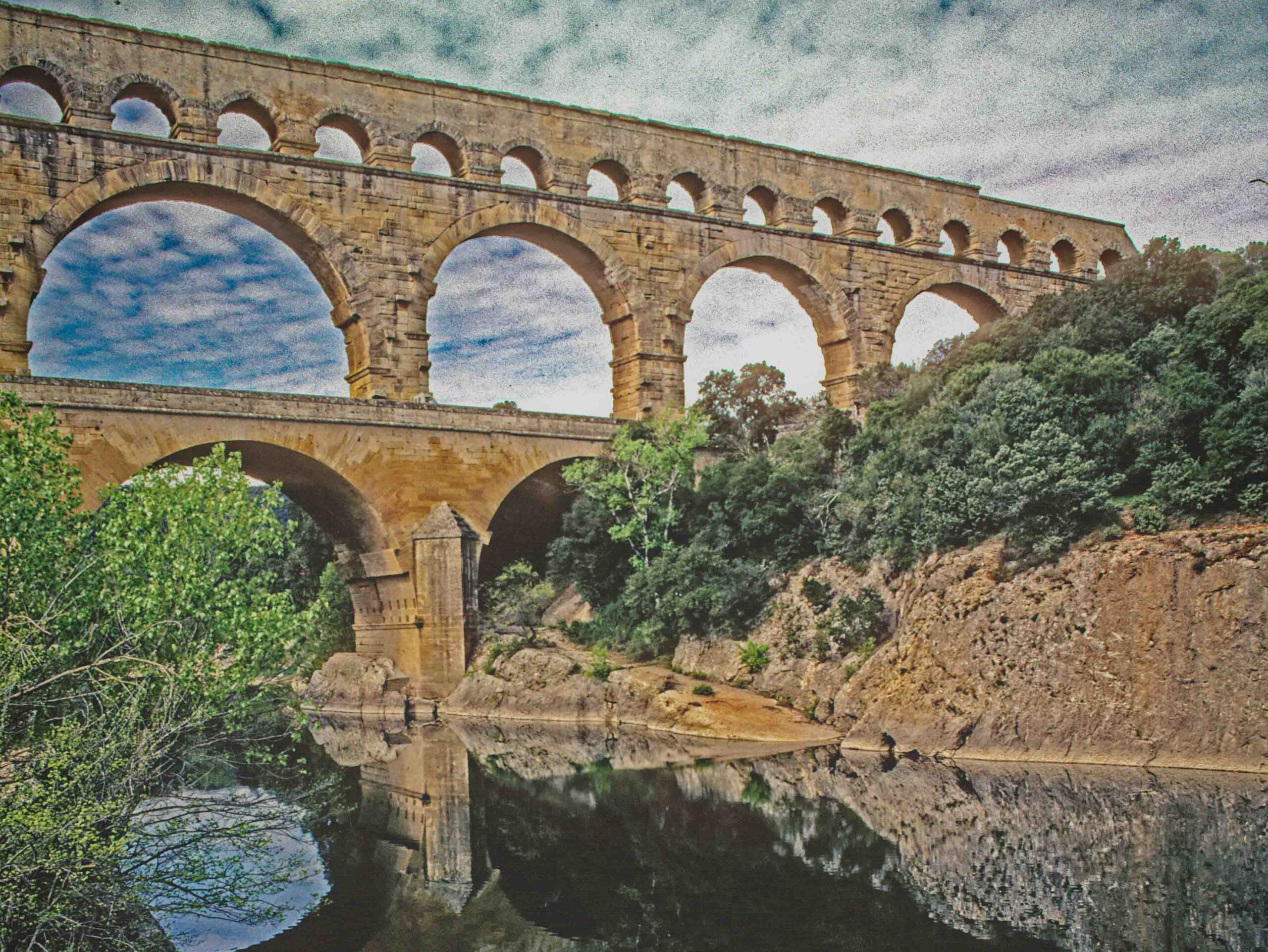
(Photography Courtesy: Chris Caswell)
Your last stop has absolutely nothing to do with Impressionist masters, but it’s worth the jaunt to Avignon, where you can catch the TGV back to Paris. The Pont-du-Gard is a mighty Roman aqueduct bridge built over three arch tiers in the 1st Century. Bring your camera: it offers spectacular views from every angle.
Now that you’ve seen the Provence of the French masters, doesn’t it make you want to break out the canvas, oils and brushes? Dabble just a bit?
Chris and Rhea Caswell are award-winning travel writers, regular contributors to Tampa Magazine, and confessed Francophiles.
Want to stay closer to home? Check out these Florida Wineries instead!
Looking to advertise? Click here.


